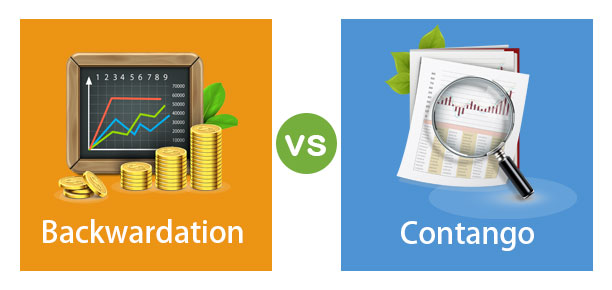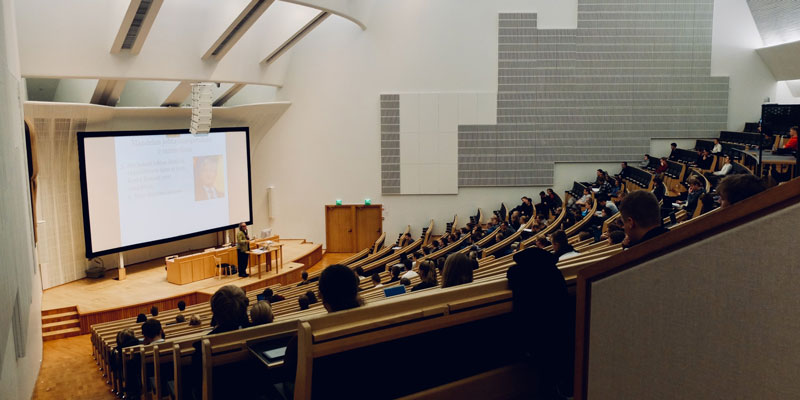This refers to the value of a future position as the expiry date draws closer. When the expiry date of a financial instrument is drawing closer, the price at which it is traded is often greater than when it is farther away. This occurs as a direct consequence of the market price becomes higher than the futures contract; however, given that the two prices will ultimately converge, the futures contract price will eventually rise to coincide with the market price.
Acquiring Knowledge of What is Backwardation?

Since the curve is utilized as a measure of attitude, the gradient of the graph for price movements is an essential factor to consider. Concerning the value of the futures market, the anticipated cost of the commodity is also subject to continuous change. This movement is driven by economics, trading posture, and supply and demand dynamics.
The sale value of an item or transaction, like securities, resources, or currency, is referred to as the market price. This word represents the price at which the item or financing is traded. The market value is the cost at which the commodity may be purchased or sold at the present moment. This price is subject to fluctuation during a single day or over time as a result of the factors of supply and demand.
In the case that the special price of a futures market is lower than the prevailing market price, this indicates that there is a belief that the present cost is excessively high and that it is anticipated that the market price will ultimately decrease in the upcoming time. Backwardation is the term used to describe this circumstance.
For Instance: Backwardation Example
Investors will intentionally short an asset at its current spot price to profit by buying its corresponding futures position when the cost of the futures position is cheaper than the market price. Because of this, the predicted spot rate will continue to decrease over time and finally become equivalent to the futures contract price.
For market participants like market participants, an indication that the current price is excessively high is when anticipated costs go down or backwardation occurs. Consequently, they expect that the spot price will, at some point in the future, as the expiry dates of the commodity futures get closer.
An upturned futures curve and backwardation are two terms that are often mistaken for one another. In its most basic form, a futures contract anticipates increased costs at maturity dates and cheaper costs as you go nearer to the current day, at which point you will settle on the current spot price. The reverse of the hostile territory is implied volatility, which occurs when the value of a futures market is larger than the amount projected to be in effect at some time in the future.
When there is growing pressure for a commodity at present compared to the agreements expiring in the future via the commodity futures, backwardation may develop. A lack of the underlying asset on the open market is the most critical factor contributing to backwardation in the futures market for metals. It is standard practice to manipulate the supply in demand for crude oil. For instance, several nations actively work to maintain relatively high oil prices to increase their income. Traders who find themselves on the wrong side of this deception and lose money might experience substantial financial hardship.
Investors net short on the item stand to gain from a rise in futures rates over time as the pricing of the contracts and current value converge. This is because the futures contract price is lower than the present value of the commodity. In addition, investors and short-term dealers looking to profit from arbitrage do well in commodity futures suffering backwardation since it creates favorable conditions for them.
Nevertheless, investors run the risk of incurring losses due to backwardation if price movements keep falling and the anticipated spot rate does not shift due to market developments or a crisis. Additionally, investors who trade backward because of a lack of a commodity may see a quick shift in their holdings if new suppliers come online and ramp up the production.
How Exactly Does the Backwardation Process Work?

Backwardation works in favor of those who are gross long because the prices of futures contracts continue to move closer to the spot price. The cost of future contracts and the predicted future spot price continue to fluctuate similarly. This occurs as a consequence of trading positioning, dynamics, and the financial commodity's demand and availability. Contango is the reverse of backwardation. It occurs when the value of the underlying safety futures contract increases above the level at which it is projected to trade in the spot market.
The term "contango" describes a market environment in which futures prices are expected to fall over time and become more aligned with future price levels. The market is considered in contango if, for instance, futures trading on crude oil scheduled for delivery in 6 months are dealing at $50 per gallon, but their projected spot rate is $40 per barrel. In this scenario, the market cost of petroleum is predicted to be $40 for each barrel.
Backwardation inside the commodity derivatives market may have several significant reasons, but one of the most important ones is a lack of underlying demand in the open market. Those investors with a net long position stand to profit from the steady ascent in price movements as they approach parity with the spot price. The backwardation in the options market is advantageous for speculators and traders who engage in short-term transactions and are interested in making profits through exploitation. A risk-free profit may be realized by trading between the market price and the futures market if the two prices do not converge. However, traders are trying to develop professionally, which ultimately results in the costs of these two assets converging.
A futures contract will often cycle between the stages of contango and backwardation, and the marketplace can remain in any of these conditions for short or lengthy periods. For instance, if a natural gas refinery had to shut down operations temporarily, this could cause spot prices to rise. At the same time, futures contracts with a longer time until expiration would remain stable at a price lower than the current spot price because the temporary lockdown would not impact the long-term outlook. That dance is called contango. Additionally, a particular agricultural product may suffer backwardation if the harvest season is challenging. As harvesting approaches, prices of futures contracts farther away from their expiration dates may see an upward boost owing to supply difficulties.




